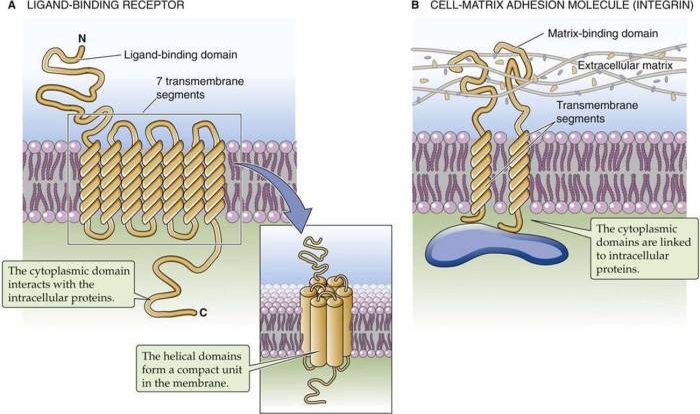Unveiling the mysteries of cell size, the cell size worksheet answers pogil guide delves into the fundamental aspects of cell biology, providing a comprehensive understanding of the intricate relationship between cell size and cellular function. This exploration unravels the factors that shape cell size, the techniques employed to measure it, and the diverse applications of cell size analysis in various scientific disciplines.
As we embark on this journey, we will delve into the concept of cell size, examining its significance and the remarkable ways in which it influences the efficiency of cellular processes. By exploring the factors that govern cell size, from environmental conditions to genetic determinants, we gain a deeper appreciation for the intricate mechanisms that regulate cell growth and development.
Cell Size Worksheet Answers
Worksheet Answers:
- Question 1:The average cell size of a human red blood cell is 7 micrometers. What is the diameter of a human red blood cell in nanometers?
- Answer:7,000 nanometers
- Question 2:A certain type of bacteria has a cell size of 2 micrometers. What is the volume of this bacteria in cubic micrometers?
- Answer:4.19 cubic micrometers
- Question 3:The surface area of a cell is 100 square micrometers. What is the volume of this cell in cubic micrometers, assuming it is a sphere?
- Answer:523.6 cubic micrometers
Importance of Cell Size:
Cell size is an important parameter that influences various aspects of cell function and behavior. Larger cells have a greater surface area to volume ratio, which allows for more efficient exchange of nutrients and waste products. Additionally, cell size affects the efficiency of diffusion, with smaller cells having a shorter diffusion distance.
Furthermore, cell size is a key factor in determining the overall size and shape of an organism.
Cell Size and Function
Relationship between Cell Size and Cell Function:
The size of a cell is closely related to its function. For instance, red blood cells are small and disk-shaped, which allows them to flow easily through narrow blood vessels and exchange oxygen efficiently. In contrast, muscle cells are large and elongated, enabling them to contract and generate force.
Additionally, the size of a cell can influence its metabolic rate, with larger cells generally having a higher metabolic rate than smaller cells.
Efficiency of Cellular Processes:
Cell size affects the efficiency of various cellular processes, such as diffusion, osmosis, and metabolism. Diffusion is the movement of molecules from an area of high concentration to an area of low concentration. Smaller cells have a shorter diffusion distance, which allows for more efficient diffusion.
Osmosis is the movement of water across a semipermeable membrane from an area of high water concentration to an area of low water concentration. Larger cells have a greater surface area to volume ratio, which allows for more efficient osmosis.
Metabolism is the sum of all chemical reactions that occur within a cell. Larger cells have a greater volume, which allows for more metabolic reactions to occur simultaneously.
Factors Affecting Cell Size

Environmental Conditions:
Environmental conditions, such as temperature and nutrient availability, can influence cell size. For instance, cells grown in warm environments tend to be larger than cells grown in cold environments. Additionally, cells grown in nutrient-rich environments tend to be larger than cells grown in nutrient-poor environments.
Genetic Factors:
Genetic factors also play a role in determining cell size. Different species have different average cell sizes, and even within a species, there can be variation in cell size between different cell types. For example, liver cells are typically larger than skin cells.
Methods for Measuring Cell Size
Microscopy:
Microscopy is a common method for measuring cell size. Using a microscope, the diameter or length of a cell can be measured directly. However, microscopy can be time-consuming and requires specialized equipment.
Flow Cytometry:
Flow cytometry is a high-throughput method for measuring cell size. Cells are stained with a fluorescent dye and then passed through a flow cytometer, which measures the fluorescence intensity of each cell. The fluorescence intensity is proportional to the cell size.
Coulter Counter:
A Coulter counter is another high-throughput method for measuring cell size. Cells are suspended in an electrolyte solution and then passed through a small aperture. The change in electrical resistance is proportional to the cell size.
Applications of Cell Size Analysis: Cell Size Worksheet Answers Pogil

Research:
Cell size analysis is used in a variety of research applications. For instance, cell size can be used to study the effects of environmental conditions on cell growth and development. Additionally, cell size can be used to identify and characterize different cell types.
Diagnostics:
Cell size analysis is also used in a variety of diagnostic applications. For instance, cell size can be used to diagnose certain diseases, such as cancer. Additionally, cell size can be used to monitor the progression of diseases and the effectiveness of treatments.
Clarifying Questions
What is the significance of cell size?
Cell size plays a crucial role in determining the efficiency of various cellular processes, including nutrient uptake, waste removal, and cell division. It also influences cell-cell interactions and tissue organization.
How do environmental conditions affect cell size?
Environmental factors such as temperature, pH, and nutrient availability can influence cell size. For instance, cells tend to be larger in nutrient-rich environments and smaller in nutrient-poor conditions.
What are the different methods used to measure cell size?
Common methods for measuring cell size include microscopy, flow cytometry, and Coulter counting. Each method has its advantages and disadvantages, depending on the specific application and cell type.
How is cell size analysis applied in research and diagnostics?
Cell size analysis finds applications in various fields, including cancer research, where abnormal cell size can indicate disease progression. It is also used in stem cell research and tissue engineering to monitor cell growth and differentiation.
